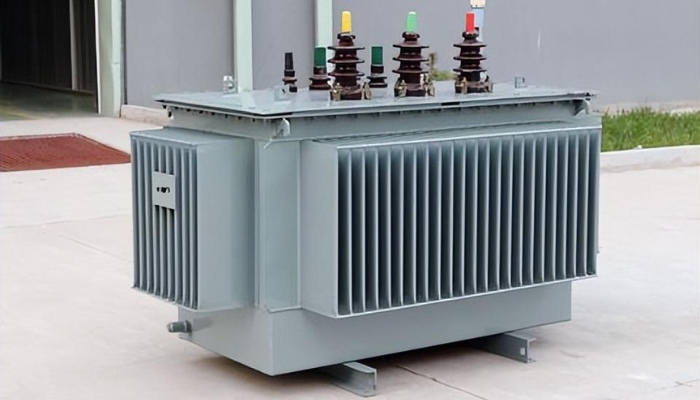Firstly, we need to make it clear that full load operation has a significant impact on the service life of a distribution transformer, damaging the insulation of the transformer and easily leading to explosions; 
1. Long term full load will reduce the service life of transformers
For distribution transformers, especially for a pad mounted transformer, full load refers to the saturation of the magnetic density of the transformer core. In this case, when the primary current of the transformer continues to increase (i.e. the load continues to increase), the secondary current will not continue to increase. Therefore, the increased current on the primary side will be completely converted into copper loss, which is the primary winding burning out!
Why is the transformer at full load? This is because no matter what material the magnetic core is made of, as long as the size of the magnetic core is fixed, the maximum magnetic density it can achieve is fixed, and when it reaches this magnetic density, it becomes saturated! Just like a box, there’s always a time to fill it! This will shorten the normal service life of the transformer.
2. Transformers are allowed to have an over-load, but not for a long-term
Overload of transformer means that the transmitted power exceeds the Nameplate capacity of transformer when the transformer is running. It can be divided into:
2.1 Overload is allowed. The top oil temperature is not too high, the winding hot spot temperature is not damaged, the overload is not too large, and the load control condition is stable, but the time should not be too long.
2.2. Limit overload. The degree of overload is severe, with an increase in top oil temperature and a certain degree of harm to the hot spot temperature of the winding. The top tear temperature has not yet reached 140 ℃, but the time should not be too long.
2.3. Overloading is prohibited. The overload is large, the operating time is long, the top oil temperature is high, and the temperature of the winding hot spot also reaches a dangerous level.
Overload operation refers to the operation of a transformer exceeding the current value specified on the nameplate. Overload is divided into two types: normal overload and accident overload. The former refers to the increase in user electricity consumption under normal power supply conditions, which often causes an increase in temperature of oil-immersed transformers, promotes insulation aging, and reduces service life. Therefore, transformer overload operation for a long time is not allowed as well.
PowerTel & his associated factories have capacity to provide you a wide range of distribution transformer and UL 891 certified switchboard for various applications; a custom distribution transformer can be on your request as well.
Please feel free to contact our engineers for your tailored distribution transformer.
